Carrot & Ginger Sauerkraut

This sauerkraut recipe is not only simple and delicious, it has health benefits too! Fermenting food produces beneficial probiotics that are linked to many health benefits!
My favourite way to enjoy it is in a Ruben sandwich. What's yours?
We buy organic cabbage, carrots and ginger; why go to all the trouble of preserving something if it’s just going to be full of pesticides?The video shows the sauerkraut recipe process from start to finish so take a minute to watch it before you proceed – and subscribe to our YouTube channel while you’re at it 🙂.
Peel the carrots and ginger. Set aside.
Take off the outer leaves of the cabbage, then cut into quarters (save a clean piece for later). Remove the core.
Use the safety guard on a mandolin to spear the cabbage quarters and then shred it – unless you have a cut resistant glove like we used.
Add the carrot and ginger to the bowl, followed by the cabbage. Fill the bowl until the scale reaches 800 grams – or 1 pound 12-1/4 ounces. Take the bowl off the scale and turn it off.
Sprinkle the tablespoon of salt over the cabbage and mix in well with your hands. At this point, you can continue to massage the cabbage until liquid starts to form in the bottom of the bowl or you can walk away and leave for 20 minutes to an hour. We walk away and let the salt do all the work for us!
Give the cabbage a final squeeze to extract as much liquid as possible, but keep the liquid. Hold the jar over the bowl and pack the cabbage into the jar. I used my fist, but you can also use a tamper, or pickle packer, to pack it down. Once it’s all in the jar, pour the liquid in and pound the cabbage down to remove any air pockets and make sure everything is under the brine.
Now you can use the leaf you reserved earlier! Cut the leaf as wide as the widest part of the jar and then place it in the jar submerging it in the liquid. Put the pickle pebble on top and press down so liquid rises above all the cabbage, including the leaf and the pebble itself. Since the pickle pebble is typically smaller than the surface of the cabbage in the jar (most mason jars have a smaller neck), the leaf will help keep the air from spoiling the contents it as it ferments.
You can visit us for more information about the gadgets used to make fermenting so easy.
If you don’t have a pickle pebble, don’t fret! You can use a smaller, shorter jelly jar filled with glass gems – or other such weight – to weigh it all down (just make sure your makeshift weight is food safe; i.e. that nothing contains lead!). Ensure all the cabbage is submerged before moving onto the next step.
Air can cause the cabbage to spoil, so take your time: when you’re satisfied that both the cabbage and pickle stone is below the liquid you can place the pickle pipe on top of the jar.
Seal the jar with a snap lid.
If you don’t have a pickle pipe, you can try a clean tea towel or cheesecloth and secure it onto the mouth of the jar with an elastic band. However, air can still get in and let in more mold and yeast. From what I’ve read, this is okay as long as you periodically skim it off.
Alternately, you could drill a hole in a plastic lid that fits the jar and insert an air lock from the brewing supply store to keep out air but release pressure.
Once the jar is sealed, wipe it down and place it in a spot out of direct sunlight where the temperature is between 65 and 75 degrees F. We put ours in the basement where it’s consistently around 70 degrees F.
You can place a shallow dish under the jar just in case the brine leaks out. After the first day you’ll notice that the brine fills the air space in jar and you’ll be able to see the bubbles rising to the top and dissipating.
After the first week, you can open the jar, pull out the pickle pebble and give it a taste. You can add a proper lid and refrigerate it at this point (wipe the outside of the jar if necessary) or keep tasting it at one week intervals to see how you prefer it. If you want to keep going, reassemble and seal it up again as before.
You can ferment it for up to 4 weeks. I like it tangy so I let it go the full 4 weeks; I’m also hesitant to open the jar to taste-test before then and let air into the mix.
Fall is just around the corner and cabbage is coming into season so keep this recipe handy!
Carrot & Ginger Sauerkraut
Recipe details
Ingredients
- Organic sauerkraut
- 2 carrots
- 1 finger of ginger *
- 1 Tablespoon Himalayan pink salt
Instructions
- Peel the carrots and ginger. Grate and set aside. Take off the outer leaves of the cabbage, reserve a leaf for later. Then cut cabbage into quarters (save a clean piece for later). Remove the core.
- Set your mandolin to whatever thickness you prefer; we set our dial fairly high for a coarser shred. Shred the cabbage.
- Put a bowl onto the scale and zero it. Add the carrot and ginger to the bowl, followed by the cabbage. Fill the bowl until the scale reaches 800 grams – or 1 pound 12-1/4 ounces.
- Sprinkle the tablespoon of salt over the cabbage and mix in well with your hands. You can continue to massage the cabbage until liquid starts to form in the bottom of the bowl or you can walk away and leave for 20 minutes to an hour.
- Give the cabbage a final squeeze to extract as much liquid as possible (don't toss it!). Hold the jar over the bowl and pack the cabbage into the jar, then add the liquid.
- Use the leaf you reserved earlier. Cut it as wide as jar and then place it into the jar submerging it in the liquid. Put the pickle pebble on top and press down so liquid rises above all the cabbage, including the leaf and the pebble itself.
- If you don’t have a pickle pebble, you can use a smaller, shorter jelly jar filled with glass gems – or other such weight – to weigh it all down.
- Add pickle pipe, then seal jar with snap lid.
- Wipe down the jar and add a lable with the date. Place it in a spot out of direct sunlight where the temperature is between 65 and 75 degrees F. Place a shallow dish under the jar just in case the brine leaks out.
- Ferment for up to 4 weeks.
Tips
- * Note: total weight of the first three items should be 800 g or 1 pound 12-1/4 ounces





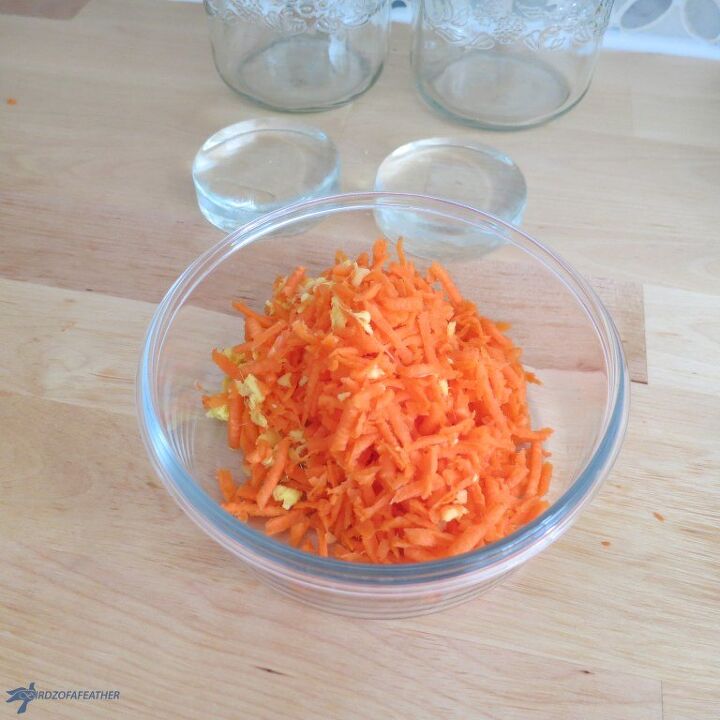









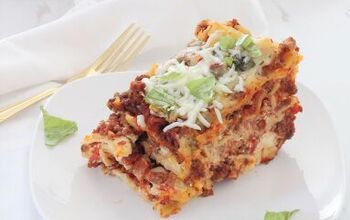
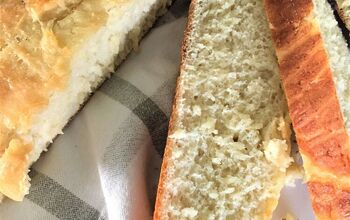
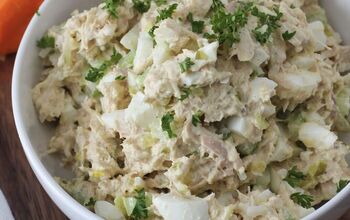
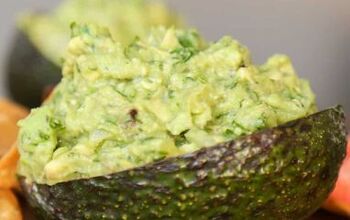
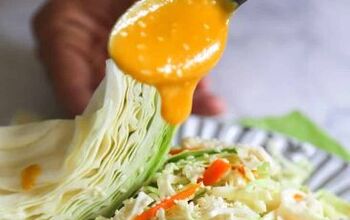
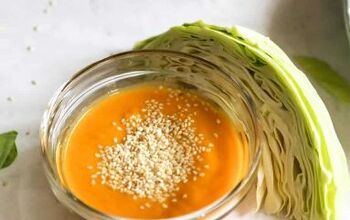
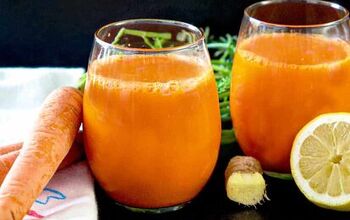
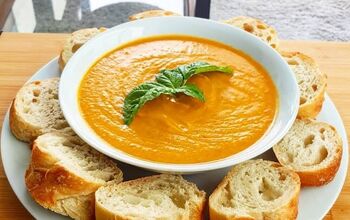
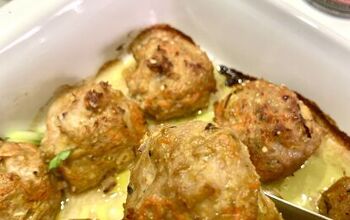



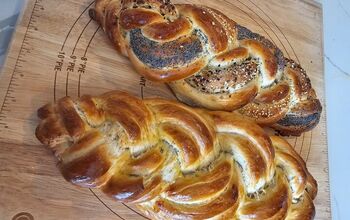
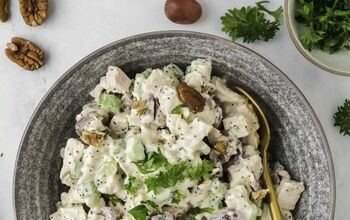
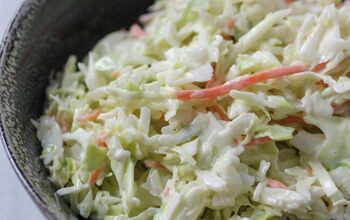



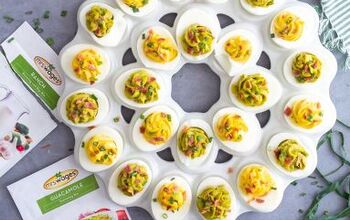
Comments
Share your thoughts, or ask a question!